Small business is the incubator of employment. As it declines, so too do opportunities for first jobs, second chances and economic independence.
Self-employment and small business are two sides of a single economic coin: financial independence. The Bureau of Labor Statistics (BLS) counts two types of self-employed, the unincorporated and the incorporated. The unincorporated may have employees, but typically do not, i.e. they are sole proprietors. The incorporated have employees, starting with the owner, as the BLS counts the incorporated self-employed as employees of their own corporation.
I know that's confusing, but it's important to separate the sole proprietors from those "self-employed" incorporated businesses that have employees: law firms, doctors' offices, accountants, etc.
When we speak of "small business," we're referring in large part to the incorporated self-employed: people who establish corporations as the legal structure for their enterprise.
Nothing is simple when it comes to parsing all the data, of course, but the BLS has a paper that explains the basic categories:
Self-employment in the United States (Bureau of Labor Statistics).
The BLS attributes the decline in unincorporated self-employment from 1950 to 1970 to the consolidation of agriculture. As agriculture became more mechanized, small farms were no longer viable and farming required less labor. As a result, many self-employed farmers and laborers became employees or moved to other sectors.
The trajectory of self-employment from 1970 to the mid-2000s tracked general economic growth, which was weak in the 1970s but began a 30-year boom in the early 1980s.Things changed in the recession, as the self-employed ranks have lost 1.6 million from the peak in 2007. The number of self-employed has fallen to early 1980s levels: (All FRED charts courtesy of frequent contributor B.C.)
This chart displays the self-employed as a share of total non-farm employment.The first chart showed a strong rise in self-employment from 1970, but this chart shows that employment rose even faster: the self-employed share of all those employed has been declining for 30 years:
We can attribute this trend to the rise of global Corporate America and government employment. The workforce expanded, and relatively more people became employees of corporations or the government than became self-employed.
It's important to note here that the BLS does not break down the income of unincorporated self-employed: if millions of self-employed saw their net incomes slashed in the recession, the BLS still counts them as self-employed. So a consultant who earned $100,000 prior to the recession and now scrambles to net $10,000 is still self-employed.
This is the statistical equivalent of 6 million people losing full-time jobs and then 4 million of those people getting part-time jobs. Did employment truly recover most of the losses?
This chart displays total non-farm employment (blue) and the incorporated self-employed. Unsurprisingly, the rise and decline of the incorporated self-employed tracks the general economy and total employment.
But once again we have to note the limitations of the data. As B.C. observed, some of the recent rise in incorporated self-employed is the result of tax policies favoring corporations; the newly incorporated may well not have any employees, i.e. they are simply sole proprietors who incorporated for the tax benefits:
Historically, in order for incorporated self-employment to grow, it requires an increasing share of the population that is inclined to, or capable of, first becoming unincorporated self-employed. A growing share of the incorporated self-employed since the '00s are one-person S corporations (to take advantage of favorable tax treatment) or limited partnerships (LPs) and limited liability corporations (LLCs) in real estate for pass-through purposes that hire few, if any, employees.Consider that the US employment base is disproportionately dependent upon the viability of as few as 4% of the labor force and fewer than 2% of the population as the primary "job creators", i.e., incorporated self-employed.
After a brief increase in 2012, the self-employed as a share of total employment is falling off a cliff:
Spend some time walking through Silicon Valley or New York City, and you’ll likely leave under the impression that entrepreneurship is alive and well in the United States. But spend some time wading through some of the latest census data, and you may come away with a very different impression.
This trend is reflected in the decline of small business in general:
Although many analysts claim most employment growth now comes from corporations, once again we have to look beneath the surface and ask what kind of jobs are corporations creating? More part-time fast-food positions?
Small business plays two critically important and often unrecognized roles. One, it tends to give new workers their first employment experience. The corporate human resources departments are not so forgiving--have you had your third interview yet? Only two more to go....
Two, small business tends to train workers who are then able to move up the job ladder to better paying corporate jobs, having learned the ropes at a small business. If you talk to corporate insiders, they will admit (in private) that their own job training efforts are limited: it's faster and more productive to poach your new hires from a competitor than invest years bringing up new talent.
Corporations may point to their intern program as "job training," but this is all too often a PR facade for unpaid slave labor. How many interns learned anything remotely useful? How many end up with full-time jobs at the company? The typical answer is: very few.
Small business is the incubator of employment. As it declines, so too do opportunities for first jobs, second chances and economic independence.
Special "the end of the world as we know it" sale on seeds from our longtime supplier Everlasting Seeds:TEOTWAWKI SALE! 20% OFF!
In light of the calamitous predictions regarding the Global Coastal Event [Clif High], Korean Nuclear tensions, and Solar/EMPs “Kill Shot” {Ed Dames}, we thought we'd offer folks the largest discount we've ever given. We're not 'fortune tellers' here, or Seers, or 'Intuitives': but if even ONE of these predictions come to pass, it'll definitely make for a 'bad hair day' {week/month/year...} for all of us...
Things are falling apart--that is obvious. But why are they falling apart? The reasons are complex and global. Our economy and society have structural problems that cannot be solved by adding debt to debt. We are becoming poorer, not just from financial over-reach, but from fundamental forces that are not easy to identify or understand. We will cover the five core reasons why things are falling apart:
 1. Debt and financialization
1. Debt and financialization
2. Crony capitalism and the elimination of accountability
3. Diminishing returns
4. Centralization
5. Technological, financial and demographic changes in our economy
Complex systems weakened by diminishing returns collapse under their own weight and are replaced by systems that are simpler, faster and affordable. If we cling to the old ways, our system will disintegrate. If we want sustainable prosperity rather than collapse, we must embrace a new model that is Decentralized, Adaptive, Transparent and Accountable (DATA).
We are not powerless. Not accepting responsibility and being powerless are two sides of the same coin: once we accept responsibility, we become powerful.
Kindle edition: $9.95 print edition: $24 on Amazon.com
To receive a 20% discount on the print edition: $19.20 (retail $24), follow the link, open a Createspace account and enter discount code SJRGPLAB. (This is the only way I can offer a discount.)
| Thank you, William K. ($50), for yet another wondrously generous contribution to this site -- I am greatly honored by your steadfast support and readership. | | Thank you, Wayne H. ($50), for your splendidly generous contribution to this site -- I am greatly honored by your support and readership (and I dig your guitar playing, too). |
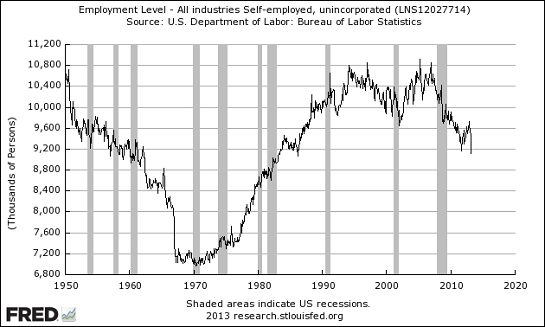
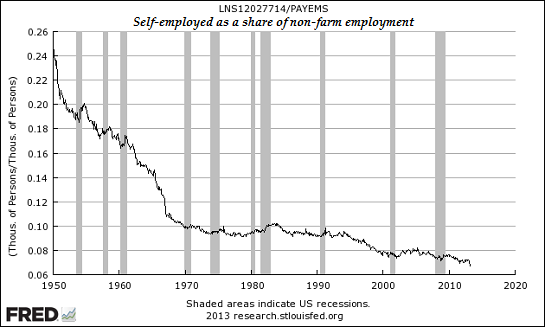
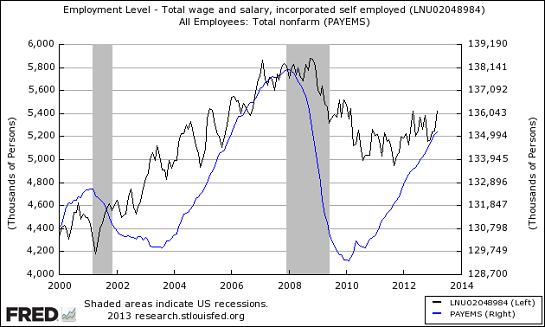
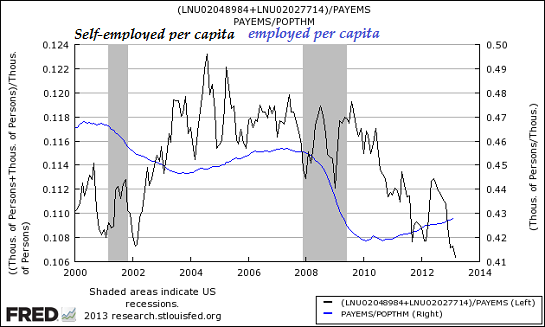
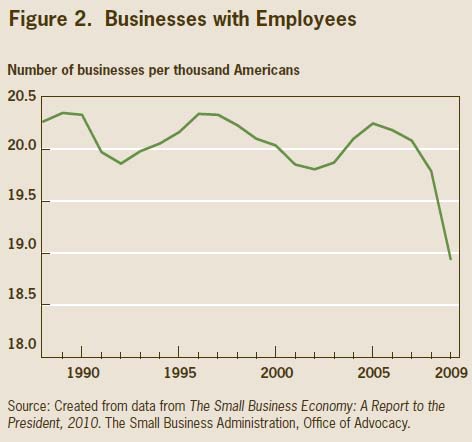
 1. Debt and financialization
1. Debt and financialization


























